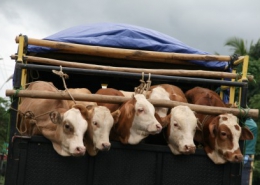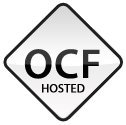Certification, Traceability, and Economic Incentives of for HPAI Control
Place: GMS • Dates: 2006-2008 • Partner: FAO
Project Summary
Highly pathogenic avian influenza (HPAI) associated with the H5N1 virus strain first occurred in Vietnam and Thailand in late 2003, causing severe mortality in affected flocks. Given that the virus has crossed the species barrier between poultry and humans and caused human fatalities, national governments and international agencies are intensively studying measures to control the spread of the disease. Among these strategic options would be ‘restructuring’ the poultry industry in ways that could threaten the livelihoods of smallholder backyard producers.
This project included a pilot study for and discussion of alternative control approaches, promoting pro-poor H5N1 risk reduction by using the demand side of the poultry market to achieve higher food safety standards. In this way, smallholders contribute voluntarily to the global commons of disease prevention, improve their livelihoods, and displace costly and inefficient government intervention in disease surveillance and control. Modeled on organic, fair-trade, and other specialist product marketing strategies, this pilot was intended to combine risk management with product quality development, correcting for negative surveillance/control effects and opening the potential for private incentives to improve product quality and incomes for all participants in food value chains. The study was designed over a period of slightly less than 12 months starting in the fourth quarter of 2006.
The study targeted markets in the outer districts of Ha Noi, as well as the large Hi Vi wholesale market. A questionnaire survey provided detailed information about the dynamics and key actors in the local live poultry supply chain. A second component of the study was designed to assess the feasibility of establishing a tracing system for individual birds in the Vietnamese poultry value chain. Finally, a third component of the study aimed to assess the potential for coordinating risk management and product quality development.
A certification system was then designed and implemented drawing heavily on results from the surveys to inform system design. For details on the certification system, see the methodology report linked above.
Most Recent Entries

California and China: Leadership for a Low Carbon Future

Roadmap on the Prospects for GMS National Scaling and GMS Regional Coordination of Agrifood Traceability Schemes









